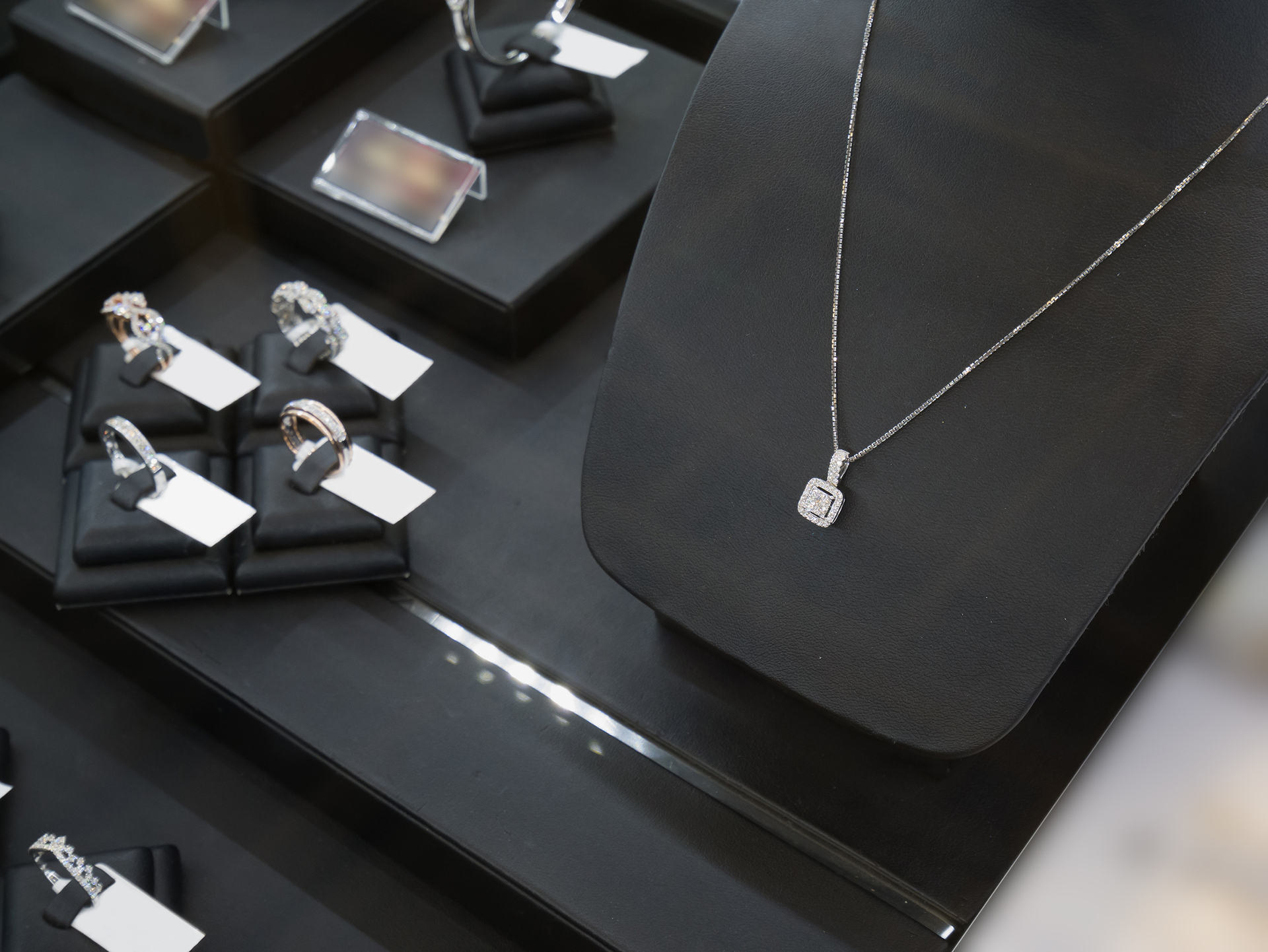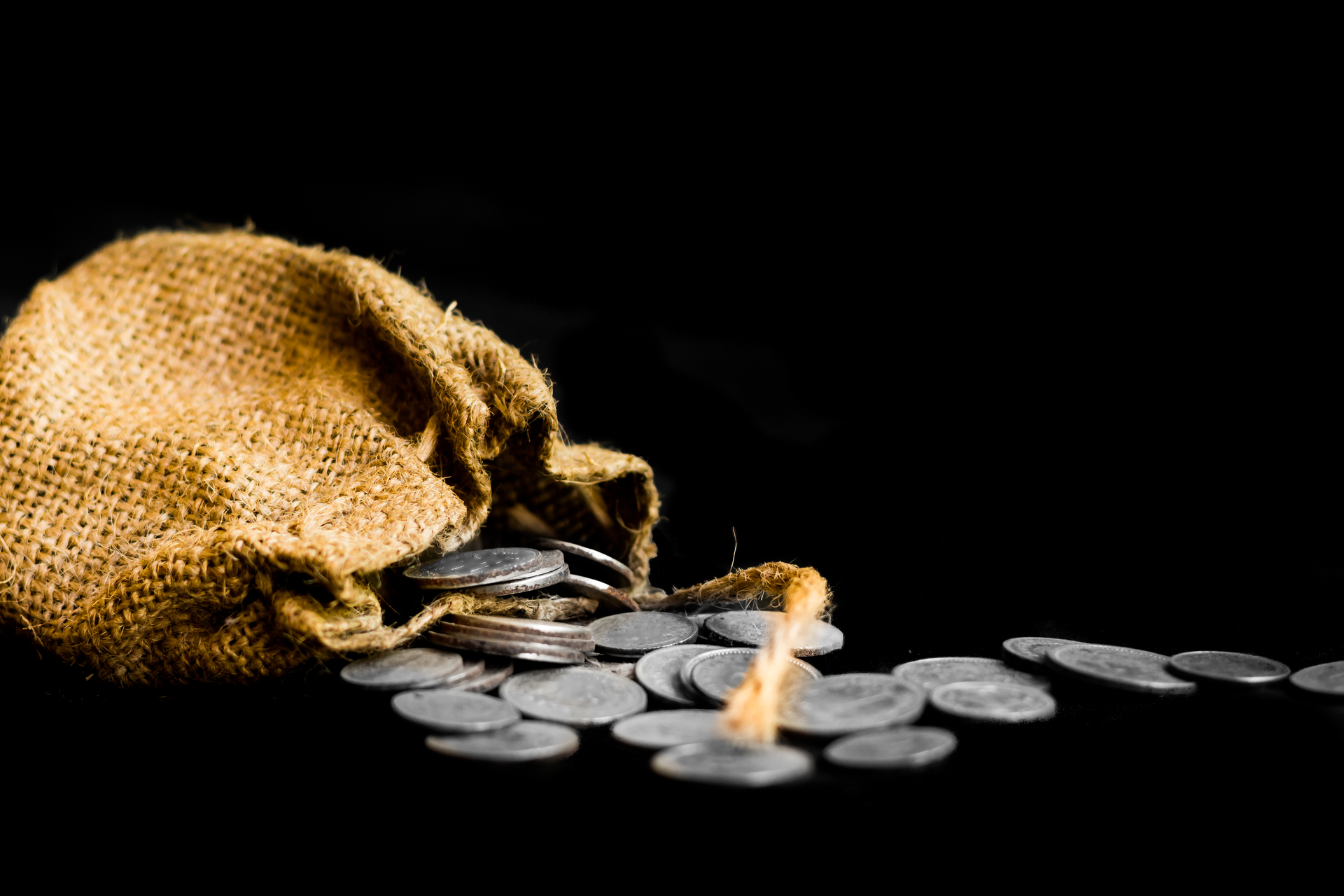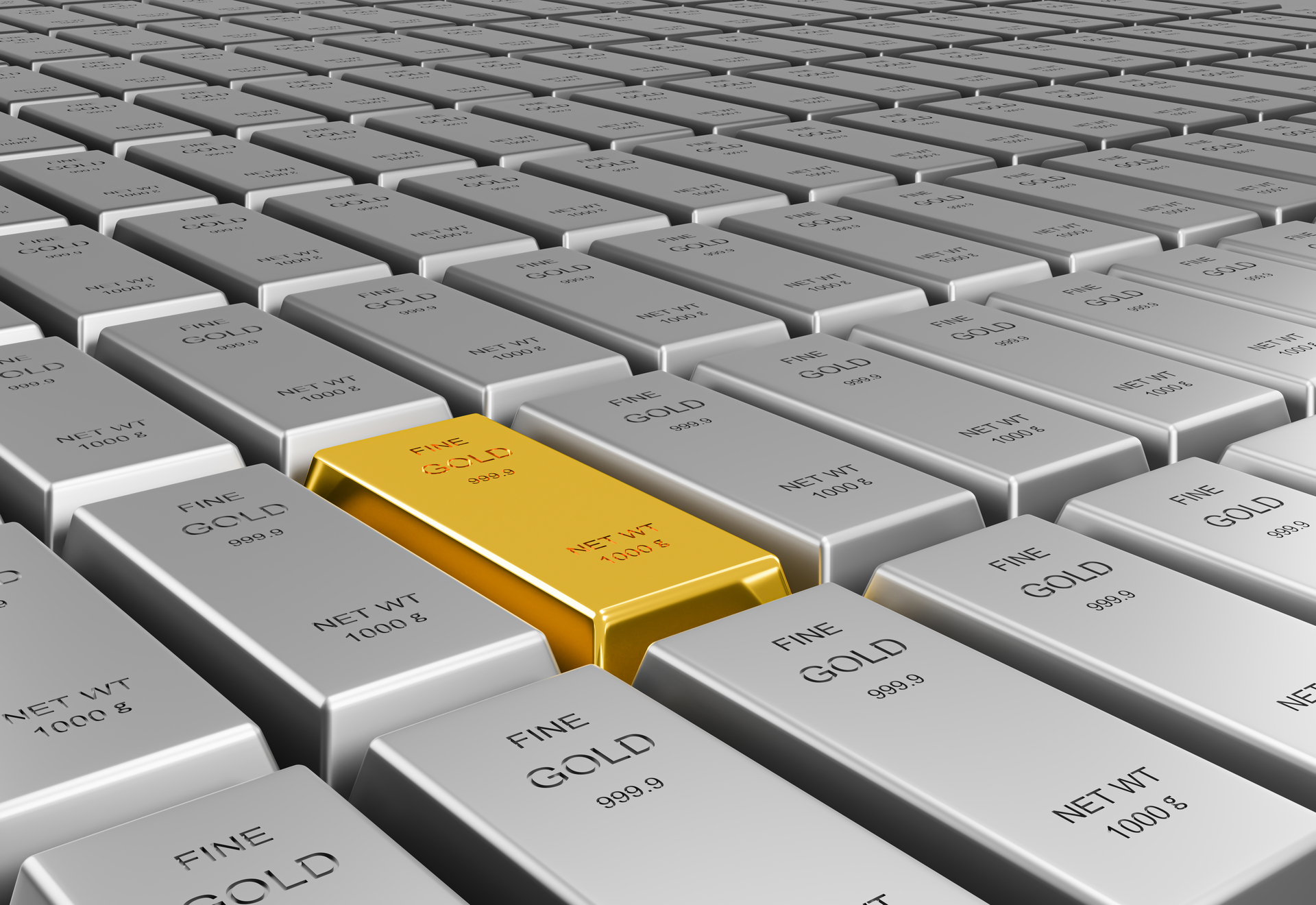In the shimmering world of precious metals and jewelry, 14k white gold stands out as both a popular choice for modern jewelry designs and a savvy investment. For those new to the realm of fine metals, understanding what makes 14k white gold a solid investment can be enlightening. This article will delve into the world of 14k white gold, unpacking its unique characteristics and shedding light on why it remains a preferred choice for investors and jewelry aficionados alike.
Before diving deep into the investment potential of 14k white gold, it’s important to grasp what it is. 14k white gold is a blend (or alloy) of gold with other white metals, typically palladium, silver, and nickel, to give it its distinctive silvery hue. The ’14k’ denotes that out of 24 parts, 14 parts are pure gold and 10 parts are other metals. This mix not only provides the metal with its color but also increases its durability and resistance to wear compared to pure gold.
- Durability: The alloyed nature of 14k white gold makes it more resistant to scratches and dents, perfect for everyday wear jewelry like wedding bands and engagement rings.
- Hypoallergenic Qualities: When blended with palladium, 14k white gold becomes hypoallergenic, making it suitable for individuals with sensitive skin or nickel allergies.
- Affordability: Compared to its 18k counterpart, 14k white gold is more affordable, offering both beauty and value.
- Aesthetics: Its sleek, modern look, which lacks the yellowish tint of traditional gold, makes it a favorite for contemporary jewelry designs.
- Resale Value: As a precious metal, 14k white gold holds a strong resale value, making it a good hedge against inflation and financial downturns.
Jewelry
If you’re looking to understand how white gold jewelry can be viewed as an investment, here’s a hypothetical example:
Sophia has always been enamored by the sheen and elegance of white gold jewelry.

Over the years, she’s heard about the investment potential of gold and decides to marry her love for jewelry with a strategic investment.
- Initial Purchase: In 2020, Sophia purchases a designer 18k white gold necklace set with diamonds for $5,000. The necklace is not just valuable for its white gold and diamond content but also because it’s a limited edition piece from a renowned jewelry designer.
- Value Appreciation due to Brand and Rarity: Over the next three years, the designer becomes increasingly popular, causing the value of his limited edition pieces to appreciate. By 2023, similar pieces from the same collection are selling for $7,000.
- Gold Price Movement: During the same period, global economic conditions led to an increase in gold prices. While the white gold alloy in Sophia’s necklace is not pure gold, the rising gold prices still boost its intrinsic value. The metal content of the necklace, which was initially valued at $2,000 in 2020, is now worth $2,400.
- Resale Value: In 2023, considering both the appreciation due to the designer’s popularity and the increased value of the white gold, Sophia could potentially sell the necklace for a total of $9,400 ($7,000 + $2,400).
- Net Gain: Subtracting her initial investment, Sophia’s net gain, should she choose to sell the necklace, would be $4,400.
It’s essential to remember that investing in white gold jewelry carries both potential rewards and risks. The brand and design can significantly influence the resale value of a piece. Furthermore, while gold prices may rise, they can also fall, impacting the intrinsic value of the jewelry. Lastly, unlike more traditional investments, the liquidity of jewelry can vary, making it potentially harder to sell quickly. Always consult with a financial advisor and do thorough research before making significant investments.
Bullion and Coins
Investing in bullion and coins can be a straightforward way of gaining exposure to precious metals like white gold.

Here’s a hypothetical example to illustrate an investment in white gold bullion or coins:
Example: Benjamin’s White Gold Bullion Investment
Benjamin has been an avid collector of coins and precious metals. Having read about the rising interest in white gold, he decides to diversify his collection by investing in white gold bullion bars and coins.
- Initial Purchase: In 2020, Benjamin purchases a 100-gram white gold bullion bar for $4,000. Additionally, he buys a limited mintage white gold coin commemorating a historical event for $1,500.
- Price Movements: Over the next three years, due to economic uncertainties and increased demand for precious metals, the price of white gold experiences a steady increase.
- Valuation in 2023: By 2023, the price of white gold has increased by 20%. The 100-gram bullion bar, initially worth $4,000, is now valued at $4,800. The white gold coin, being limited mintage and having collector’s value, has appreciated to $2,000.
- Diversification Benefit: During this period, some of Benjamin’s other investments, like stocks, didn’t perform as well. However, the appreciation in his white gold investments offset some of those losses, showcasing the benefits of diversification.
- Liquidity: Benjamin finds that while his bullion bar is relatively easy to liquidate due to its standardized weight and purity, the coin takes a bit more time to sell because its value depends not just on the white gold content but also on its collectibility and demand among coin enthusiasts.
- Net Gain: By 2023, Benjamin’s total investment in white gold (both the bar and coin) has appreciated from $5,500 to $6,800, a gain of $1,300.
This example demonstrates some key points about investing in white gold bullion and coins:
- Pure Investment: Bullion and coins allow investors to directly invest in the precious metal without factors like design or brand affecting the value, as with jewelry.
- Liquidity: While bullion is generally easy to sell, coins, especially those with numismatic value, may have varying liquidity based on their demand among collectors.
- Market Fluctuations: Like all investments, the value of white gold can fluctuate. However, precious metals often act as a hedge against economic downturns or inflation.
- Storage and Security: Physical investments like bullion and coins require secure storage, possibly leading to additional costs for safety deposit boxes or safes.
Before making any investment, it’s crucial to do thorough research and consider consulting with a financial advisor.
Commodity Investment
Commodity investment allows investors to gain exposure to raw materials, including precious metals like white gold, without physically owning them. Let’s delve into how one might invest in white gold as a commodity:
Example: Emily’s Commodity Investment in White Gold
Emily is a savvy investor who’s been watching the global markets. She believes that white gold, due to its increasing popularity in the jewelry market combined with global economic uncertainties, will appreciate in value. She opts for commodity investment as it allows her to capitalize on price movements without holding the physical metal.
- Futures Contract: In 2020, Emily buys a futures contract for white gold, committing to purchase a specific quantity at a set price in the future. She pays $4,500 for a contract that stipulates she’ll buy 100 grams of white gold at $45 per gram in December 2023.
- Price Movement: Over the next three years, various factors—geopolitical tensions, currency fluctuations, and increased demand—drive up the price of white gold. By December 2023, the market price for white gold has reached $60 per gram.
- Contract Execution: When the contract matures in December 2023, Emily doesn’t actually want to take delivery of the white gold. Instead, she sells her futures contract. Given the difference between her contracted price and the current market price, she realizes a profit. For the 100 grams, she makes a gain of ($60 – $45) x 100 grams = $1,500.
- Alternative Instruments: Emily also learns about other financial instruments, like white gold exchange-traded funds (ETFs) and mutual funds that track the performance of white gold. These instruments allow investors to benefit from white gold’s price movements without dealing with futures contracts.
- Diversification: Emily’s commodity investment in white gold acts as a hedge against other parts of her portfolio, which may be more exposed to market volatility. When some of her stocks underperform, the gains from her white gold investment offset the losses.
Key Points from the Example:
- Leverage: Futures contracts allow investors to control a large amount of a commodity with a relatively small amount of capital. This can amplify both gains and losses.
- No Physical Ownership: Commodity investments like futures contracts, ETFs, and mutual funds allow investors to benefit from price movements without the need for storage, insurance, or other concerns related to physical ownership.
- Risk: Commodity markets can be volatile. While Emily profited in the example, it’s equally possible to experience significant losses, especially when using leveraged instruments like futures.
- Research and Expertise: Successful commodity trading often requires a good understanding of global markets, trends, and factors that influence commodity prices.
Before venturing into commodity investments, especially something specialized like white gold, one should consider seeking advice from financial professionals or conducting thorough research to understand the associated risks and potential rewards.
Conclusion
White gold, an elegant and popular alloy of gold with one or more white metals, presents a multifaceted investment opportunity. From tangible assets like jewelry and bullion to financial instruments in the commodity markets, each avenue offers its own set of benefits and challenges. Jewelry, while often seen as a more personal and aesthetic investment, can gain value based on brand, design, and craftsmanship. Bullion and coins provide a more direct exposure to the intrinsic value of white gold, offering liquidity and the potential for appreciation as market conditions evolve. On the other hand, commodity investments like futures contracts or ETFs allow for strategic positioning without the concerns of physical storage and insurance, though they come with their own risks due to market volatility.
Like all investments, white gold carries inherent risks, influenced by global economic conditions, supply and demand dynamics, and investor sentiment. As such, a prudent approach involves thorough research, a clear understanding of market drivers, and, where possible, consultation with financial professionals. By carefully navigating these avenues, investors can potentially harness the dual allure of white gold as both a precious metal and a strategic asset in their portfolios.
